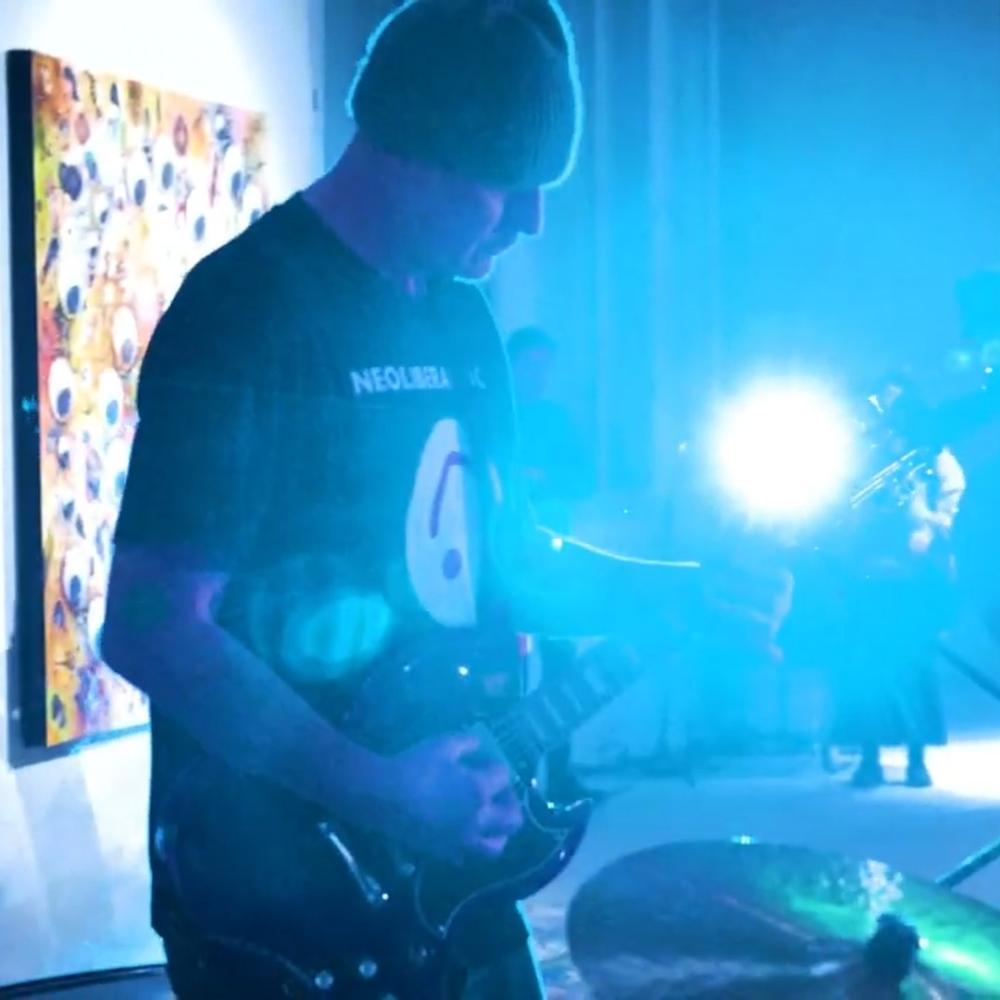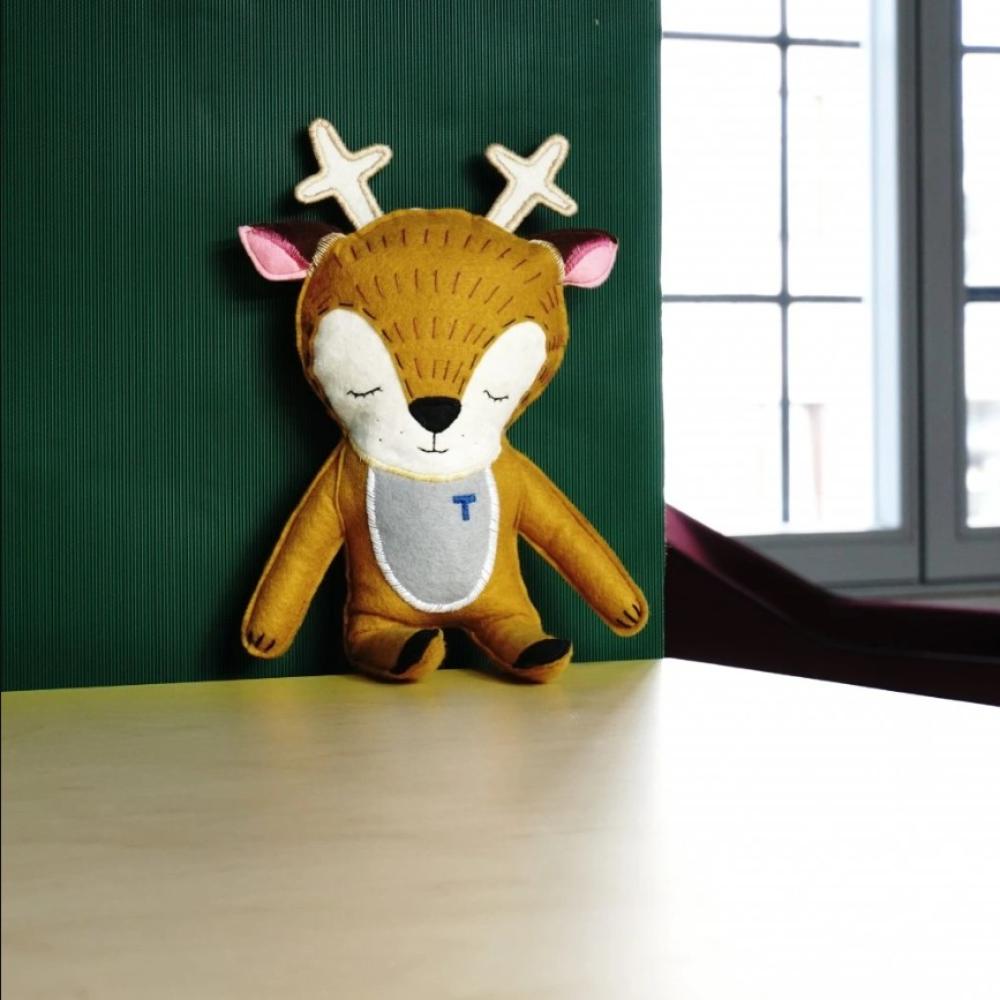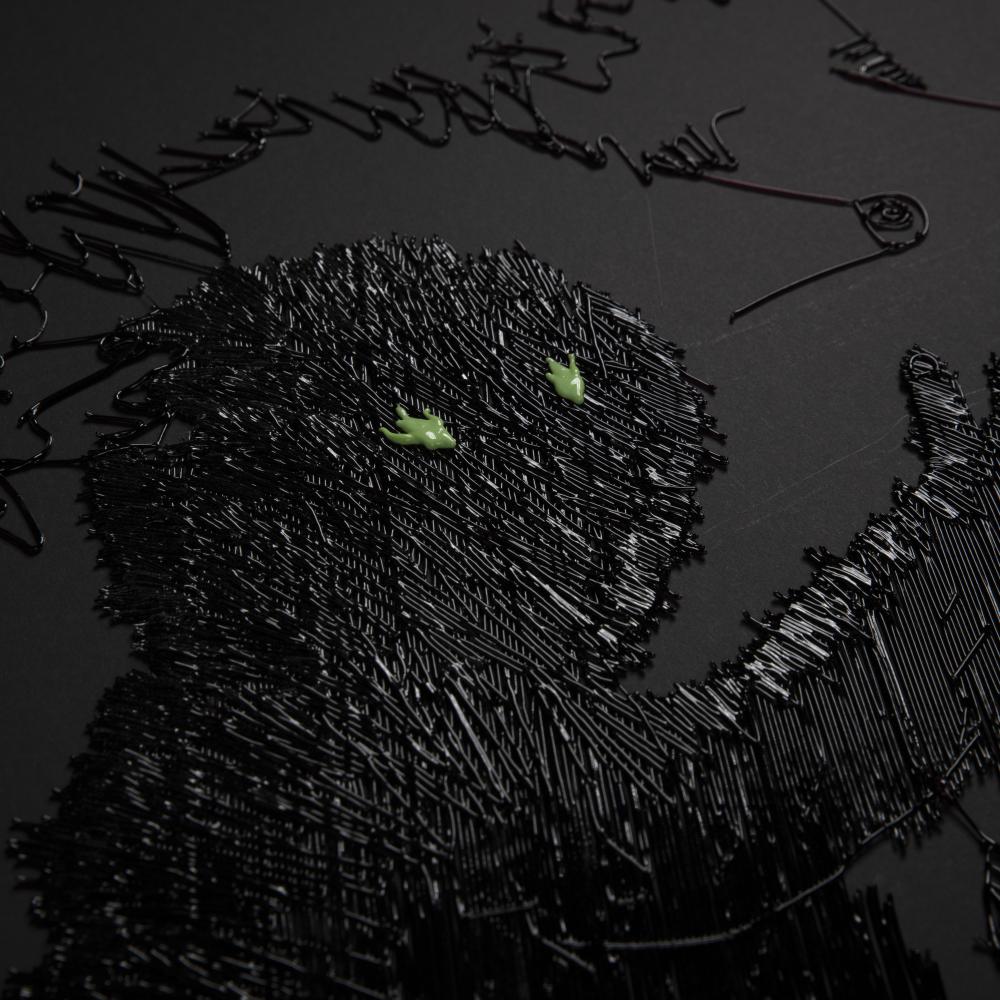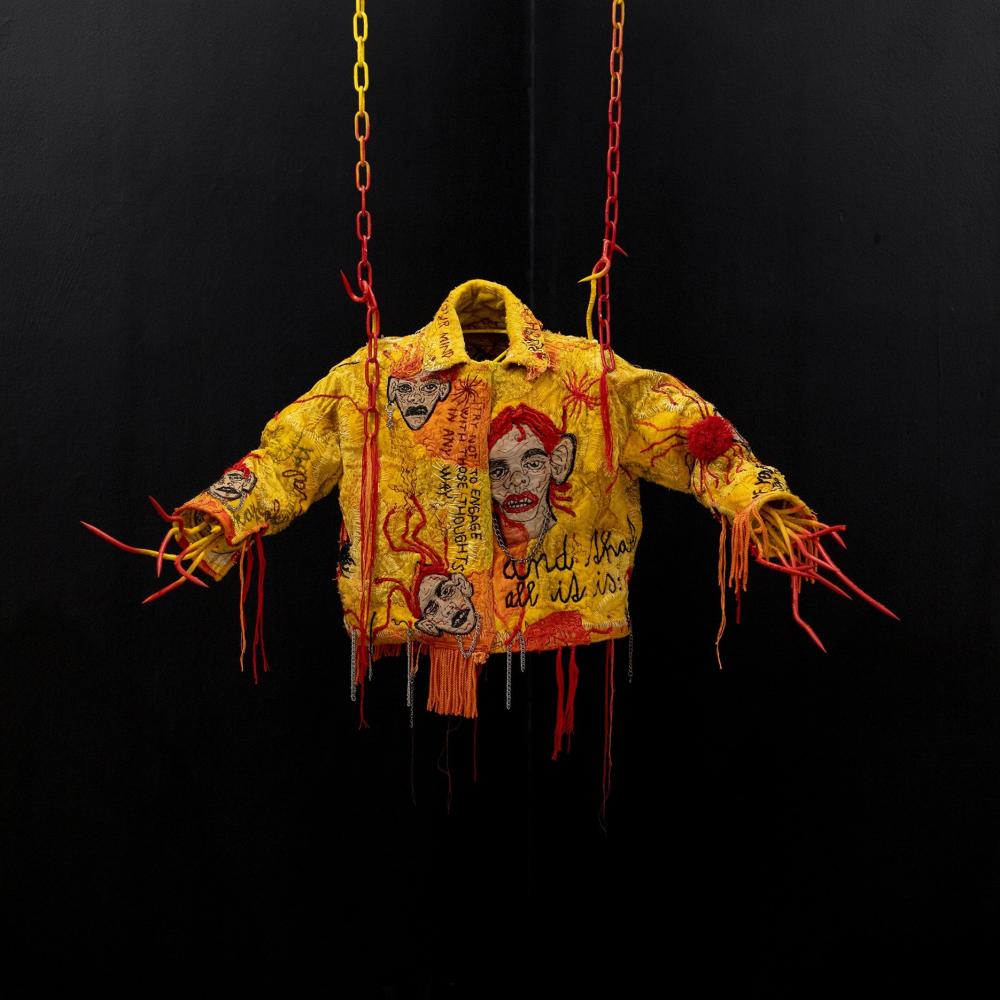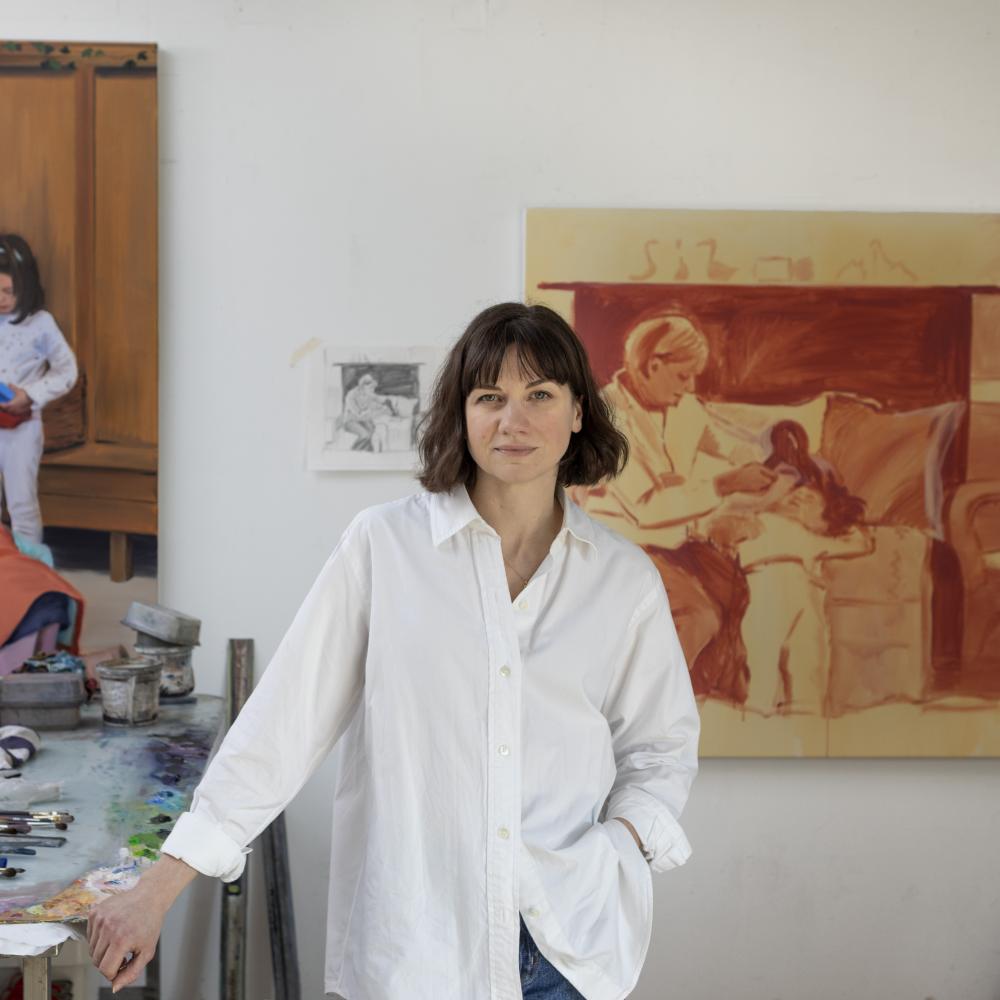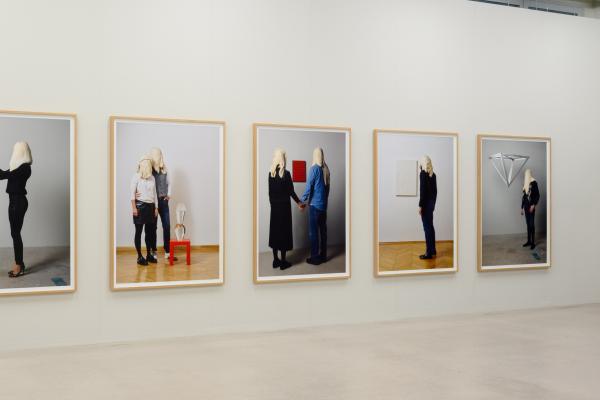
Stano Filko, the late Slovak neo-avant-garde artist, began his studies at the School of Arts and Crafts in Bratislava and later studied monumental painting at the Academy of Fine Arts also in Bratislava. In 1981 he emigrated to Germany and later to the United States. He returned to his native country in 1990. In addition to painting, his international artistic profile includes objects, installations, happenings and conceptually oriented projects, across which we observe themes related to the cosmos, the absolute givenness of the world around us and transcendence. Also of note is Filko's The Peace of Love (1965), presented during the Prague Spring, which reveals the connections between everyday objects and human use. Filko's foreign dimension is demonstrated, for example, by his participation in the Venice Biennale together with Jan Mančuška and Boris Ondreička, where the artists used printing on Plexiglas as their main technique - the installation was entitled Quadrophonia - Models of the World. It was a materialized dialogue through which the trio tried to unify their paradigms regarding the world around us. Filko went on to appear at the prestigious German Documenta 7, and his works have also been exhibited in France and the United States.
Part of the Czech-Slovak exhibition at the 51st. Venice Biennale, January 2005, Models of the World / Quadrophonia, Stano Filko, Jan Mančuška, Boris Ondreička, Marek Pokorný
Stano Filko experienced clinical death twice in his childhood, once after falling into a quarry and then as a result of electric shock. According to both scientific and non-scientific literature, these experiences are accompanied by feelings of complete release from the physical body, merging with the universe and glimpsing "other realms of existence". Although today we can only speculate whether these early experiences were the direct source of Filko's inspiration, certain similarities can be observed.
Søren Dahlgaard, in his Dough Portraits series, also dedicated a photograph to the collector Milan Janicek, whose portrait complements Filko's 2005 work Pyramid. The metal structure, shaped like an ancient building, is hung with the spike down and painted white. The pyramid and all its forms have become a symbol of the artist's identity in Filko's work since the 1970s. The origin of the model is the conceptual drawing EGO (1971), which shows three paths or energies - red, blue and white, with the common denominator being the black-coloured ego. During the development of this concept, pyramidal constructions have appeared in several other places in this country and around the world... for example, at the Lyar Gallery in Vienna, and a couple of Filko's pyramids are also in the collections of Tate Britain.
Stano Filko: Arte de Sistemas - EGO. 1971

